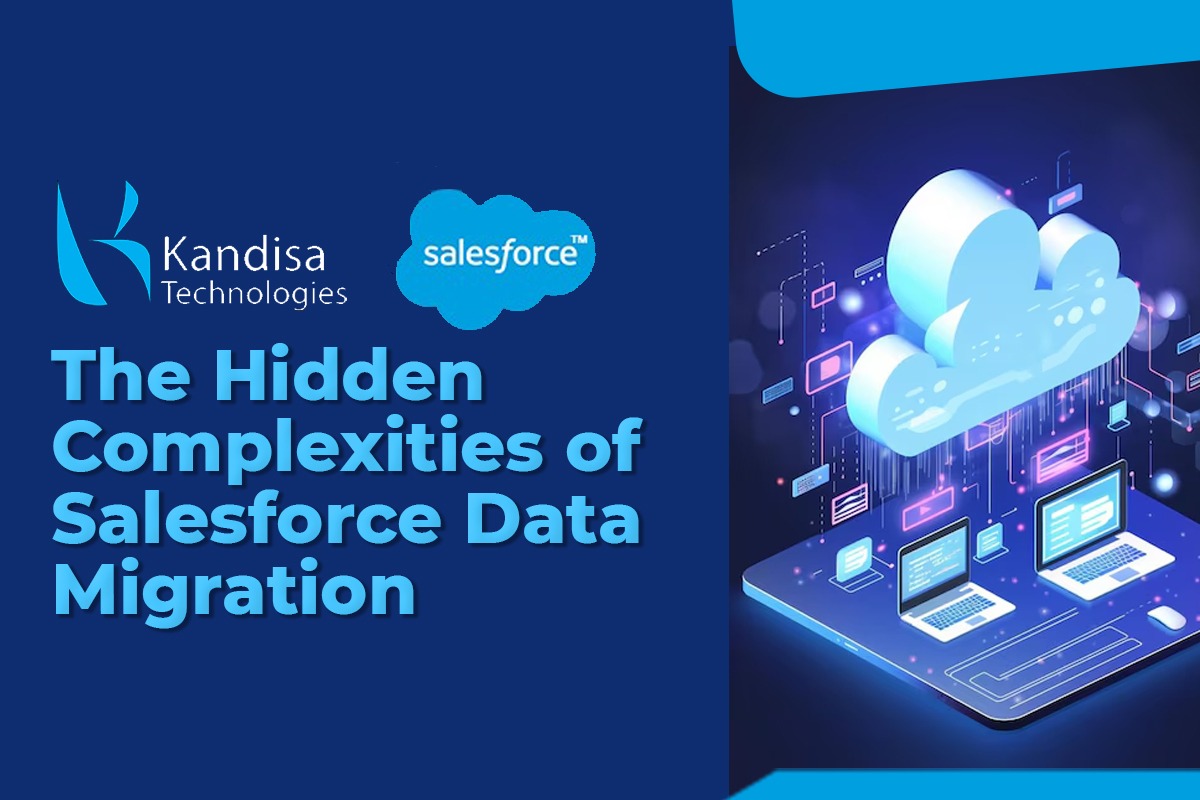Data migration is far more than a simple transfer of information. When organizations approach Salesforce deployment, they often underestimate the intricate process of moving data from legacy systems to a new, dynamic platform.
The Migration Landscape
Successful data migration begins with comprehensive preparation. Organizations must invest time in understanding their data ecosystem and preparing for a seamless transition.
Key preparatory elements include-
- Conducting a thorough data audit
- Mapping existing data structures
- Identifying potential migration challenges
- Establishing clear migration objectives
- Creating a detailed transformation strategy
The complexity of data migration goes beyond technical challenges. It requires a strategic approach that balances technical precision with business objectives, ensuring that every piece of data serves a meaningful purpose in the new Salesforce environment.
The Five-Stage Migration Framework
Stage 1
Discovery and Assessment
The initial stage focuses on understanding both source and target systems-
· Conducting comprehensive system audits
· Creating detailed data inventory
· Identifying data relationships and dependencies
· Assessing data quality and completeness
· Establishing migration scope and requirements
Stage 2
Planning and Design
This stage establishes the strategic foundation-
· Developing detailed migration architecture
· Creating field and object mapping documents
· Establishing transformation rules
· Designing backup and rollback procedures
· Setting up validation criteria and success metrics
Stage 3
Data Preparation and Backup
Critical pre-migration activities include-
· Performing full system backup of source data
· Cleaning and standardizing data
· Removing duplicates and redundant information
· Creating backup verification procedures
· Establishing disaster recovery protocols
Stage 4
Execution and Migration
The actual migration process involves
· Running test migrations in sandbox environments
· Performing incremental data loads
· Monitoring migration processes
· Executing transformation rules
· Implementing error handling procedures
Stage 5
Validation and Post-Migration Audit
This crucial final stage ensures migration success-
· Conducting comprehensive data validation
· Performing user acceptance testing
· Running post-migration audits
· Verifying data integrity and relationships
· Documenting migration outcomes and lessons learned
Strategic Planning
A robust migration plan becomes your roadmap to success. Essential planning components include-
- Defining precise migration scope
- Establishing a dedicated migration team
- Creating detailed project timelines
- Developing comprehensive contingency plans
- Setting clear success metrics
Tools of the Migration Trade
The right tools can significantly impact migration success. Available options range from simple to complex-
Native Salesforce Tools
- Salesforce Data Loader
- Import Wizard
- Apex Data Loader
Advanced Migration Platforms
- Informatica Cloud
- MuleSoft
- Dell Boomi
- Specialized third-party migration tools
Navigating Common Challenges
Data migrations are rarely straightforward. Organizations frequently encounter complex scenarios such as-
- Duplicate record management
- Inconsistent data formatting
- Complex relationship mappings
- Data integrity preservation
- Performance optimization challenges
Best Practices for Success
Successful migration requires a holistic approach. Key best practices include-
- Prioritize data quality over quantity
- Conduct multiple rounds of testing
- Maintain comprehensive documentation
- Implement robust data governance
- Plan for post-migration support and training
The Human Element
While technology drives the migration, human expertise remains paramount. Experienced Salesforce consulting partners bring invaluable insights, helping organizations-
- Navigate technical challenges
- Align migration with business strategies
- Mitigate potential risks
- Ensure smooth organizational transition
- Maximize Salesforce platform potential
In a Nutshell
Data migration is more than a technical task—it's a strategic transformation. By approaching the process with careful planning, the right tools, and a comprehensive understanding of your data ecosystem, organizations can turn a potentially complex challenge into an opportunity for improved efficiency and insights.
Success lies not just in moving data, but in creating a foundation for future growth and innovation.

